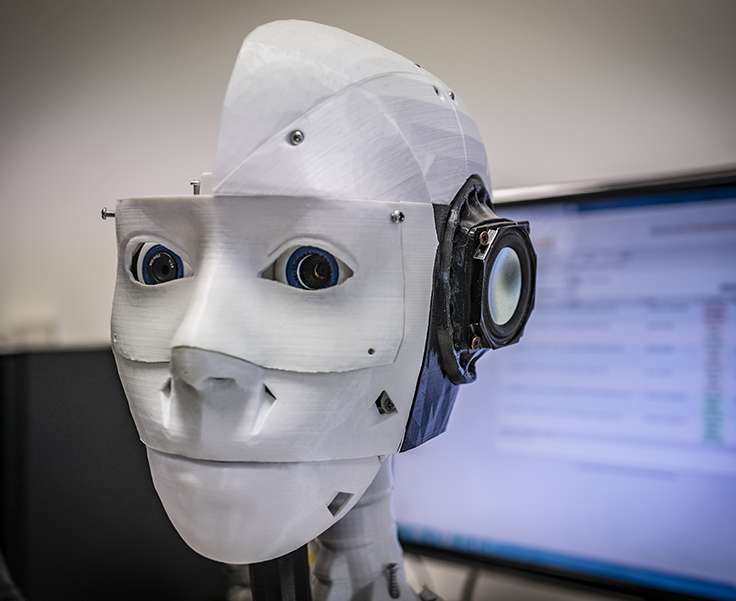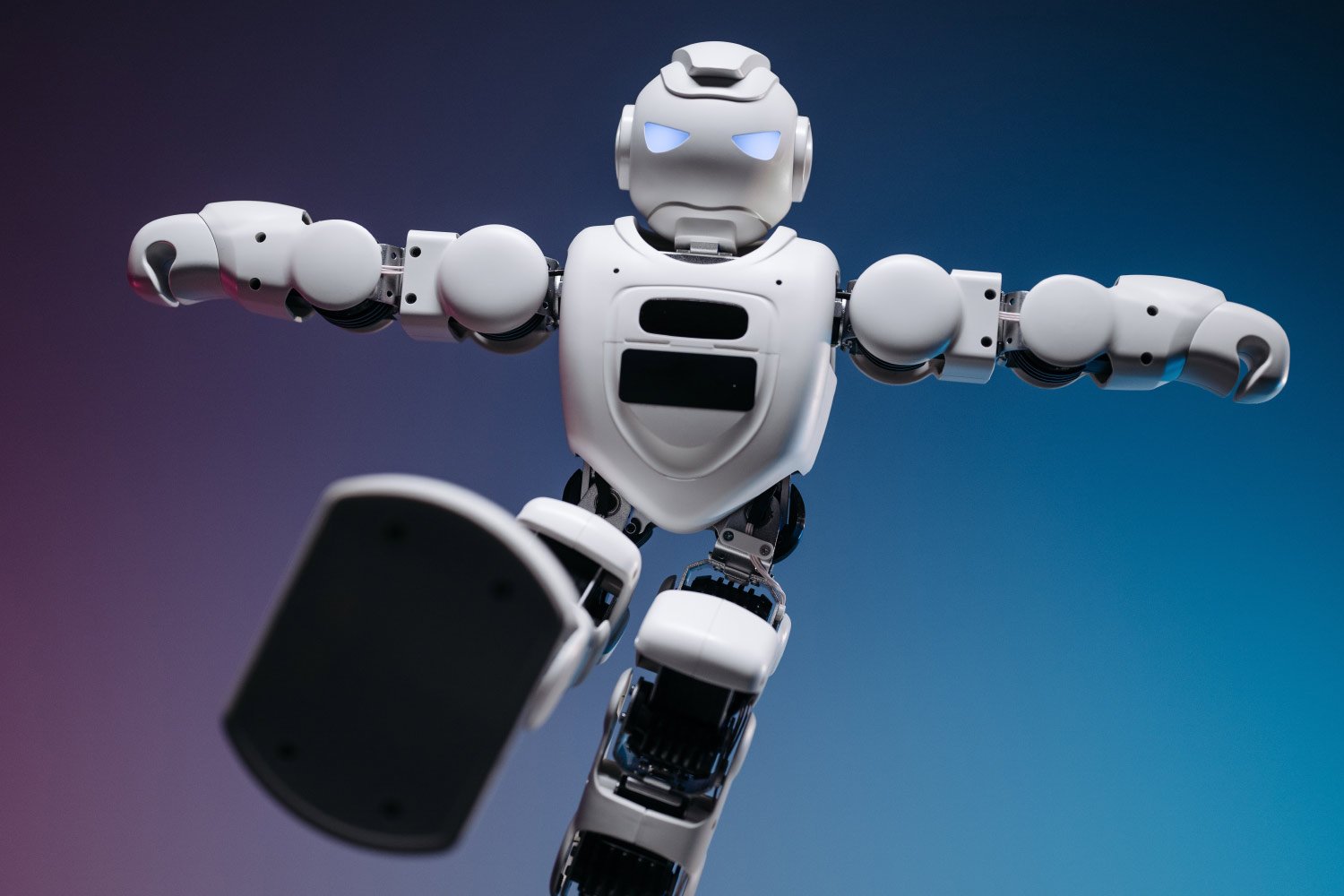AI and the World of Creativity
Generative artificial intelligence, with tools such as ChatGPT, Midjourney, DALL-E and OpenAI's Sora, is redefining the very concept of creativity. Today we can ask an algorithm to write a poem, paint a picture or compose a melody, and the result often surprises in quality and originality.
AI models build on huge datasets of pre-existing human works, learn patterns, styles, and structures, and then reprocess this information to generate new content. But is this true creative act or mere advanced imitation?
Challenge to Creativity: Do you recognize the Creator?
Several studies have tried to test the human ability to distinguish a work created by an artificial intelligence from a human one. The results? Surprisingly, most people struggle to correctly identify the origin of a work.
Visual art: In one experiment, a group of people were asked to distinguish paintings created by Midjourney from those of established artists. Many participants confused AI-generated images with human works.
Music: Platforms such as AIVA or Amper Music generate orchestral or electronic pieces that could easily be used in soundtracks. When compared with real compositions, people often fail to notice the difference.
Literature: AI-generated short stories and poems have been judged on par with human texts in several anonymous writing contests.
What Are the Clues to Unmasking an AI?
Despite the sophistication of algorithms, there are still some signs that can reveal a work generated by an artificial intelligence:
Lack of human imperfections: Artists often leave personality marks and smears that make a work unique, while AIs tend to produce results that are perfect but sometimes lack spontaneity.
Stylistic consistency: AI-generated images sometimes have details out of place, such as hands with too many fingers or inconsistent shadows.
Authentic Emotion: Music and literature created by humans are often influenced by personal experiences, while AIs generate data-driven content with no real emotional experience.
Can Artificial Intelligence Really Be Creative?
True creativity involves a mix of emotion, experience and inspiration, elements that AIs do not possess. However, this does not mean that artificial creativity is without value. AI tools can be powerful allies for artists, musicians and writers, helping them explore new ideas and speed up the creative process.
The future may see increasingly close collaboration between artificial intelligence and human creativity, with AI used as a means to amplify human imagination rather than replace it.
CONCLUSION
If today we still struggle to distinguish a human work from one generated by an algorithm, what does the future hold? Artificial intelligence will continue to evolve, blurring the line between art and technology. The question is not so much whether AI can be creative, but rather how we can integrate these technologies in a way that enriches our artistic expression without losing its authenticity.




